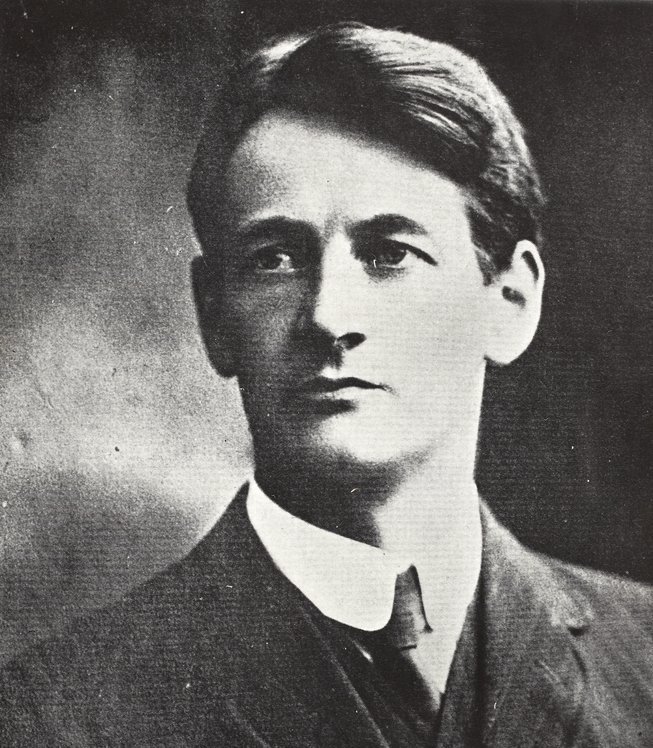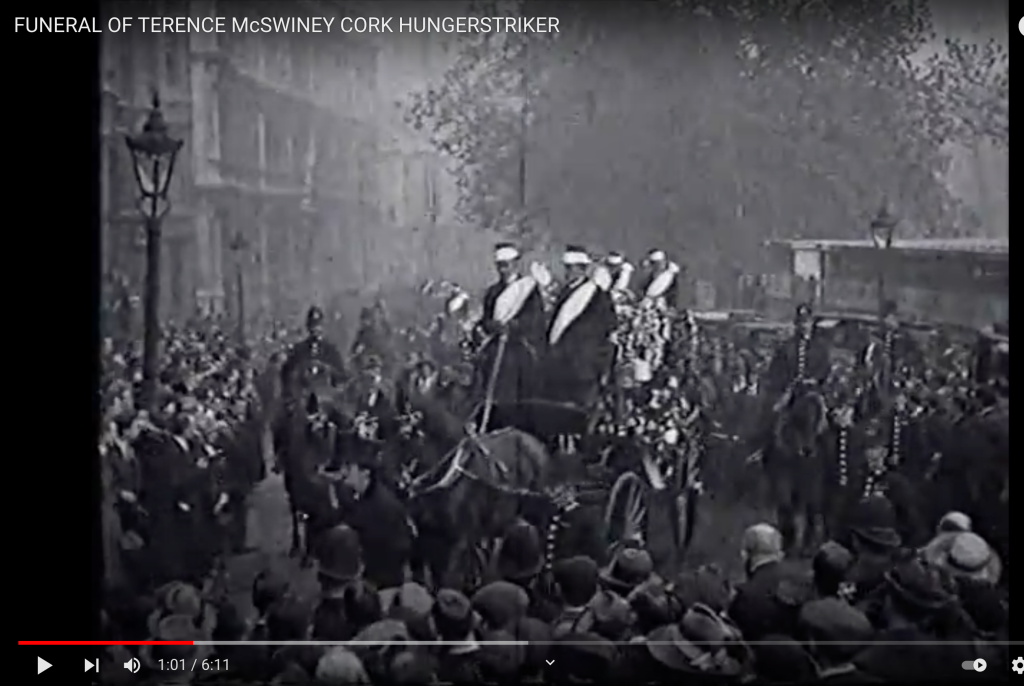Of all the remarkable and still unfolding geopolitical aspects of the present war in Palestine, what stands out most is the unstinting support given to Israel by the United States from the very moment that the barbaric attack carried out by Hamas in Israel came to the attention of the world. The US was not alone in unequivocally condemning Hamas, but President Joe Biden, characterizing the terrorist attacks as “pure, unadulterated evil” in a speech delivered on October 10, made it known that the “United States has Israel’s back”: “We’re with Israel.” Days later, in an extraordinary demonstration of just how “rock solid” American support of Israel is, Biden took the risk of traveling to Israel. By this time, at least 2,000 Palestinians, the vast majority of them civilians, had also been killed in the relentless, indeed merciless, aerial bombing of Gaza. Biden met with Jewish survivors of Hamas’s attack, holding some of them to his chest in a warm and consoling embrace; but, not surprisingly, he made no pretense of any similar commiseration with Palestinians. Throughout, the United States vetoed resolutions in the United Nations calling for a cease-fire. Since Hamas carried out its attack nearly two months ago, some 16,000 Palestinians, the greater majority of them women and children, have perished in a devastating orgy of fire, wrath, and destruction.

It is not only with Britain, but with Israel as well, that the United States has long had a “special relationship”. On 14 May 1948, less than an hour after Israel proclaimed its independence, the US became the first country in the world to recognize Israel as a sovereign state. Ever since, Israel has been backed by American arms, recently to the tune of $3 billion every year, and the two countries have celebrated their ties as an enduring partnership of two democracies allegedly inspired not merely by mutually shared interests but by the love of liberty. Several commentators have pointed to the great many sources of this unusual relationship. The US has the world’s second largest Jewish population after Israel, but there are several other, lesser explored, aspects of this relationship, not the least of them being the fact that the modern American university, and nearly every sphere of scientific and humanistic inquiry, has been disproportionately shaped by Jewish intellectuals.
However, in all the vast commentary on the unwavering support that Israel has received from the United States in the last 75 years, the most critical factor has been rarely discussed. Both Israel and the United States are settler colonial states. Though the idea of “settler colonialism” is now a staple of scholarly discourse, it has made scarcely any inroads into the common understanding of colonialism. School textbooks down in the United States down to the present day do not use the term “settler colonialism”, and here I will not take up the matter of whether the extermination of American Indians has received even remotely the kind of recognition that it needs. (“Recognition” barely gets us to the question of “justice”, but that is still more remote a possibility.) But it behooves us to have at least an elementary sense of how settler colonialism provides another lens on the more general phenomenon of colonialism. The British in India, to take a well-known example of colonialism, absorbed ever greater parts of the country into British India after their initial conquest of Bengal in 1757, and some British families put down roots in India extending over the course of several generations. Though the relationship was often exploitative in the extreme, the British did not seek to exterminate the population and generally did not treat the local population merely as slave labor.
Settler colonialism is an altogether different phenomenon. It is, in the first instance, predicated on the legal fiction, one that the Europeans boldly even merrily advanced, of terra nullius—that is, the notion that the lands they had encountered were “empty”. These lands were construed as sparsely populated, and that too by those viewed as savages bereft of civilization, and otherwise as unproductive. Europeans thought nothing of claiming these lands as their own: however, it is not merely when they encountered opposition that they killed the indigenous people, since extermination was but a blood sport. Indigenous populations were nearly wiped out, but many of the natives were also taken into slavery. Settler colonialists could not countenance even remotely the idea of accommodation and, without exception, settler colonialism resulted in the replacement of Europeans for the indigenous populations. The other word for this phenomenon is genocide—even if, in the aftermath of the Second World War and especially in the last few decades, the world has settled upon a more capacious understanding of what constitutes “genocide”.
The United States, much like Australia, has evolved from being a settler colonial state into becoming a fundamentally immigrant society, but the periodic recrudescence of virulent white nationalism in both countries suggests that they continue to be guided by the instincts of settler colonialists. There is but no question that the origins of the modern nation-state of Israel lie precisely in a similar kind of settler colonialism. The founding of Israel was only made possible by the mass expulsion of Palestinians who term their displacement, and the dispossession of their lands, as nakba. Even as astute, learned, and sensitive a philosopher as Martin Buber was susceptible to the idea that it was given to Jewish settlers alone to make the land productive: “This land recognizes us, for it is fruitful through us: and precisely because it bears fruit for us, it recognizes us.” The land had thus far been unproductive, merely waste land: as Buber opined in an open letter to Mahatma Gandhi on 24 February 1939, “The Jewish farmers have begun to teach their brothers, the Arab farmers, to cultivate the land more intensively.” Buber had at least the decency, utterly wanting in the present generation of Israeli leaders and their unthinking supporters in the United States, to add that “we do not want to dominate them; we want to serve with them …”
Palestine does not exist: one American, and not merely Israeli, politician after another has pronounced this as an unimpeachable fact over the last several decades. At my own university, the Chancellor, in his first message to the university community days after October 7th, while deploring the “heinous” attack by Hamas, found himself incapable of even mentioning Palestine. A week after his first message, and that at a time when a few thousand lives in Gaza had already been snuffed out, the Chancellor of UCLA could only muster up enough “courage”, if that is the word for so supine and cowardly a gesture, to say that what was happening in Gaza was “troubling”. If Palestinians cannot even be named, they certainly do not exist. The United States and Israel together have woven a dance of death which has been catastrophic for their own countries and will undoubtedly prove to be an unmitigated disaster for the entire world.
First published in the Indian Express (online), 27 November 2023, as “Israel and the United States: The synergy of two settler-colonial states, a disaster for the world“











